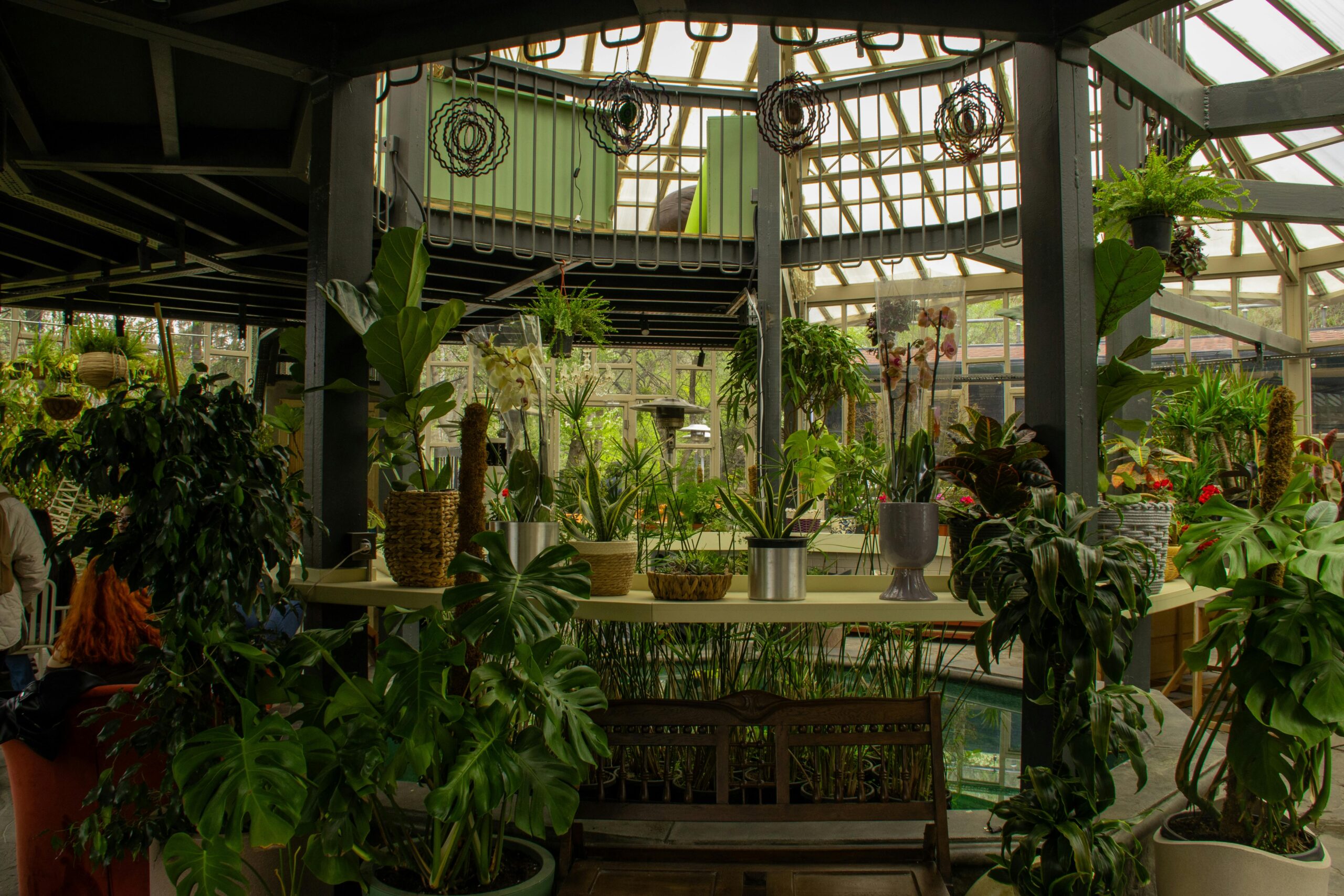The Charm of Rustic Fencing
When it comes to enhancing the aesthetic appeal of your garden, rustic fencing stands out as a charming and functional choice. Rustic fences are known for their natural beauty and ability to blend seamlessly with the surrounding landscape. Unlike modern fencing options, rustic fencing often uses natural materials like wood, stone, or even woven branches, creating a timeless appeal that speaks to the heart of nature lovers.
One of the key attractions of rustic fencing is its ability to complement a wide range of garden styles. Whether you have a cottage garden filled with blooming flowers or a minimalist landscape, rustic fencing can add a touch of warmth and character. The use of natural materials not only enhances the visual appeal but also promotes sustainability, as these materials are often locally sourced and biodegradable.
In addition to its aesthetic benefits, rustic fencing serves practical purposes. It can define garden boundaries, provide privacy, and protect plants from animals. Furthermore, the rustic style often allows for creative designs, such as incorporating climbing plants or decorative elements, which can further enhance the garden’s allure.
Materials and Styles of Rustic Fencing
Rustic fencing comes in various materials and styles, each offering unique benefits and visual appeal. Wood is perhaps the most popular choice, with options like cedar, pine, and oak providing durability and a classic look. Wooden fences can be crafted into picket styles, split rail designs, or even woven patterns, each bringing a distinct charm to the garden.
Stone is another material commonly used in rustic fencing. Stone fences are incredibly durable and can last for generations. They offer a robust structure that can withstand harsh weather conditions, making them an excellent choice for gardens in areas prone to severe climates. Stone fences can be dry-stacked or mortared, depending on the desired look and structural needs.
For those seeking a more unique approach, woven branch fences offer a whimsical and artistic touch. These fences use flexible branches woven together to create a textured and organic appearance. While they may not offer the same level of durability as wood or stone, they provide a delightful visual interest and are perfect for smaller garden spaces or as accent pieces.
Incorporating Rustic Fencing into Garden Design
Integrating rustic fencing into your garden design requires thoughtful planning to ensure it enhances the overall aesthetic and functionality. Begin by considering the primary purpose of the fence. Is it for privacy, decoration, or plant protection? Understanding the purpose will guide your choice of materials and style.
Next, think about the placement of the fence within your garden. Rustic fencing can be used to define garden areas, create pathways, or highlight specific features like a pond or flower bed. Consider the height and length of the fence, as these factors will influence its visual impact and practical use.
Finally, enhance the rustic appeal by incorporating complementary elements. Plant climbing vines such as clematis or ivy along the fence to add greenery and texture. You can also hang decorative items like lanterns or birdhouses to create a welcoming and lively atmosphere. The key is to ensure that the rustic fence harmonizes with the surrounding environment, creating a cohesive and inviting garden space.






